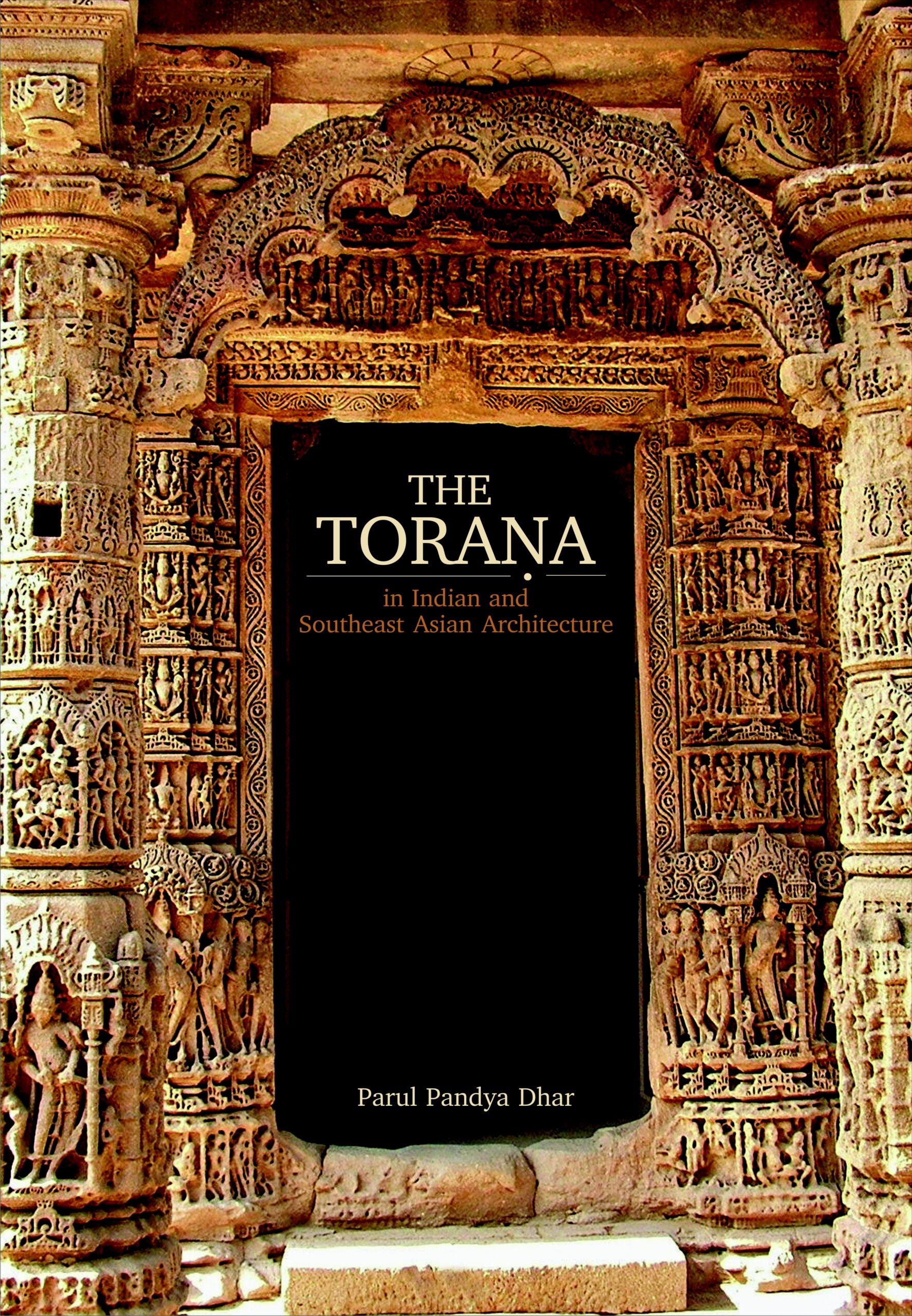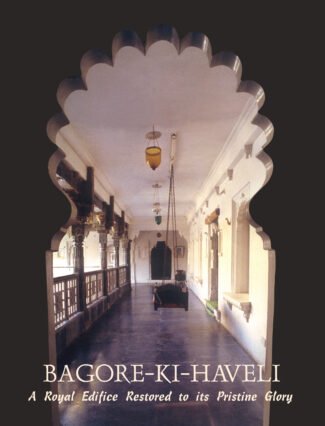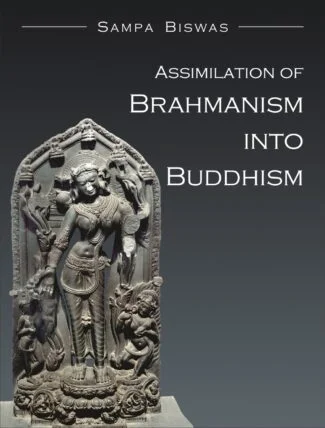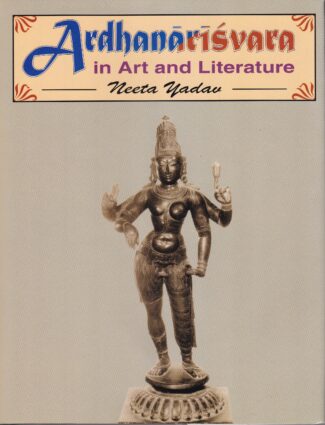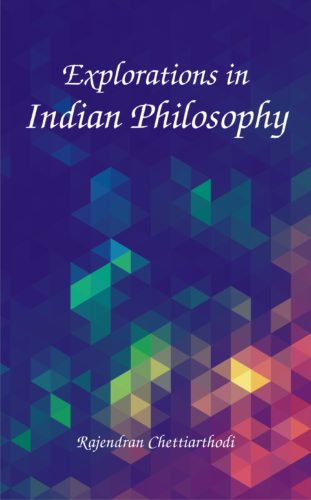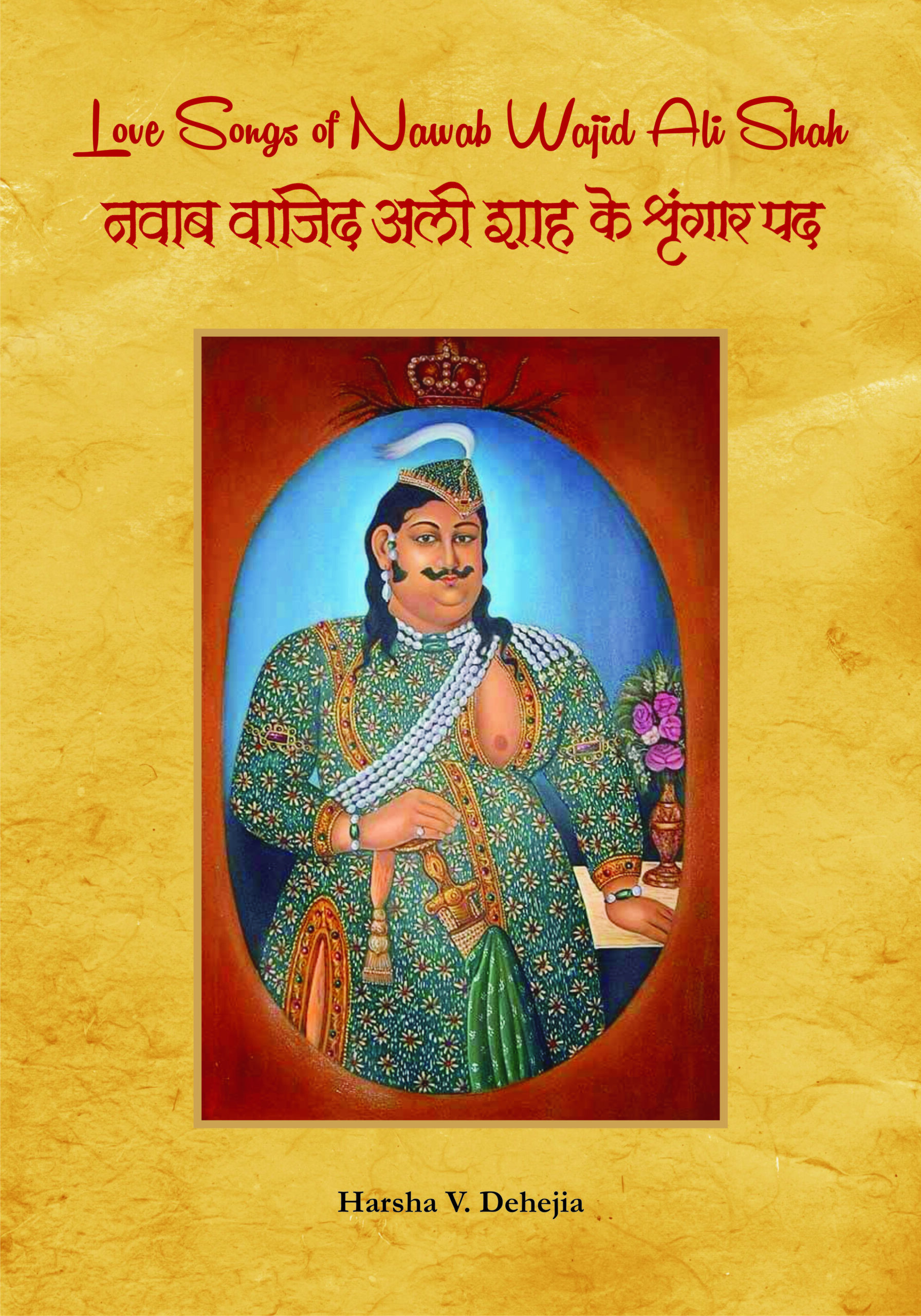
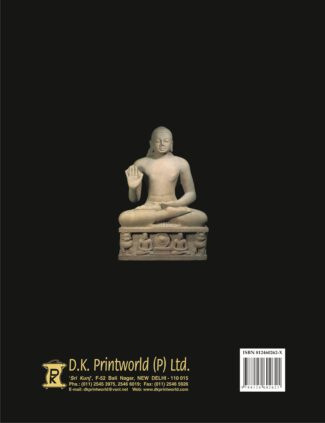
Cultural Interface o...
Cultural Interface of India with Asia
Religion, Art and Architecture by: Anupa Pande , Parul Pandya DharThis collection of scholarly papers focuses on the centrality of the Indian contribution in defining the Asian cultural matrix and brings under one rubric the views of Indian as well as Eurasian experts on the subject.
Original price was: ₹3,500.00.₹3,150.00Current price is: ₹3,150.00.
ISBN: 9788124602621
Year Of Publication: 2004
Edition: 1st
Pages : xxiii, 412
Bibliographic Details : 9 Maps; 80 pages of Colour & B/w photographs; Index
Language : English
Binding : Hardcover
Publisher: D.K. Printworld Pvt. Ltd.
Foreword By : R.D. Choudhury
Size: 29 cm.
Weight: 1800 gm.
The reality of the Indian presence in Asian cultures is undeniable. Recent scholarship in the field of Asian cultural studies has laid much stress on the essential oneness of the substratum that defines what may be termed as an Asian identity. Buddhism and Hinduism, having originated in India, travelled beyond the frontiers of the land of their origin, and in many ways, moulded the beliefs and faith of the people of Asia. Trade, political ambitions, and religious pursuits led to a dissemination of Indian ideas and forms across Asia. In each area of Indian influence, the assimilation of Indian traditions with indigenous practices led to the development of a new idiom of expression with a distinctive localized identity. This collection of scholarly papers focuses on the centrality of the Indian contribution to Asian cultures and brings under one rubric, the views of experts from India, Nepal, Tibet, Sri Lanka, Afghanistan, Cambodia, Thailand, Indonesia, Mongolia, China, Korea, Japan, Belgium, Bulgaria, and the United Kingdom. Such an international representation, the consequence of a Seminar held in the National Museum Institute in collaboration with the Indian Council for Cultural Relations, New Delhi, is unique not only in providing the Indian point of view but also in revealing Eurasian perspectives on the subject of Indias pivotal role in defining the Asian cultural matrix.
Foreword
— R.D. Choudhury
Acknowledgements
Introduction: The Indian Presence in the Cultural Matrix of Asia
— Anupa Pande & Parul Pandya Dhar
Section I: Beyond Narrow Frontiers
Across the Asian Continent
1. Interface of India with other Asian Lands
— Lokesh Chandra
2. Reflections in Bronze
— Nandana Chutiwongs
3. The Buddhist Goddess Vasundhara
— Michaela Appel
4. Maitreya on the Silk Route
— V.C. Srivastava
5. Ancient Indian Artist Beyond Narrow Frontiers
— R.N. Misra
6. Spread of Buddhism in Mongolia
— Enkhbayar Byambanorov
7. Early Indian Buddhist Contribution to the Jade Art of Central Asia
— M.L. Nigam
Section II: Dialogue with Neighbouring Countries
Cultural Interface with other South Asian Countries
8. A Sri Lankan Tradition of Hindu Sculpture
— Sirinimal Lakdusinghe
9. Buddhist Monasteries of Ancient Sri Lanka
— Roland Silva
10. Mahindas Contribution to the Introduction of Buddhism in Sri Lanka
— Ravindra Panth
11. Cultural Interface of India with Sri Lanka
— Choodamani Nandagopal
12. Overview of Cultural Links between India and Tibet
— Jampa Samten
13. Indian Influence on Nepalese Art
— Bharat Rawat
14. Buddhism and Tribal Art in Northeastern India
— A.K. Das
Section III: Carrying the Tradition Forward
Cultural Interface with Southeast Asian Regions
15. South Indian Buddhism and its Southeast Asian Legacy
— John Guy
16. The Angkorian Art of the Style of Bayon and the Meaning of the Face Towers
— sachchidanand Sahai
17. From Kavya Alamkara to the Javanese Kagunan Basa
— Edi Sedyawadi
18. Some Reflections on the Buddhist Art & Architecture of Indonesia
— Timbul Haryono
19. Cultural Links between Thailand and India
— Nongluksana Thepsawasdi
20. Trailokyavijaya & Vajrasattva: Prominent Vajrayana Buddhist Deities of Vimaya, Nakonratchsima Province, Thailand
— Chirapat Prapandavidya
21. Dvaravati: Early Buddhist Kingdom in Central Thailand
— Phasook Indrawooth
22. Early Buddhist Metal Images of South and Southeast Asia
— D.P. Sharma
23. Contribution of Magadha to the Art & Archiecture of Southeast Asia
— C.P. Sinha
24. Malay Royalty & Sanskrit: A Symbol of Indian Cultural Assimilation
— Madhu Sharma
25. Pagodas in Vietnam: A Study in Architectural Development
— Bachchan Kumar
Section IV: The Farthest Post
Cultural Interface with East Asian Regions
26. Sukhavati in Three Dimensions: Popular Temple Architecture in Medieval Japan
— Ineke Van Put
27. Amitabha: The Buddha of Immeasurable Light in Japanese Art
— Shashibala
28. Goddess Saraswati and Benzai-ten
— K. Sankaranarayanan
29. Xie Hes Six Rules and Buddhist Iconometry
— Charles Willemen
30. The Discovery of a New Centre where Xuan Zang Translated Sanskrit Texts into Chinese
— Bai Li Chang
31. A New Interpretation of Flying Deities in Dun Huang, China
— Ai Lian Bai
32. The Impact of Indian Art in China after the Advent of Buddhism
— Abolghasem Dadvar
33. Shravasti in the East: The Idea and Image of India in an Ancient Korean Buddhist Capital
— Juhyung Rhi
34. Indian traces in Korean Buddhism
— H. Alexander Fedotoff
35. Influence of Tibetan Buddhism and theravadi Buddhism from the Neighbouring Countries in Northeast India
— R.D. Choudhury
The Contributor
Index



